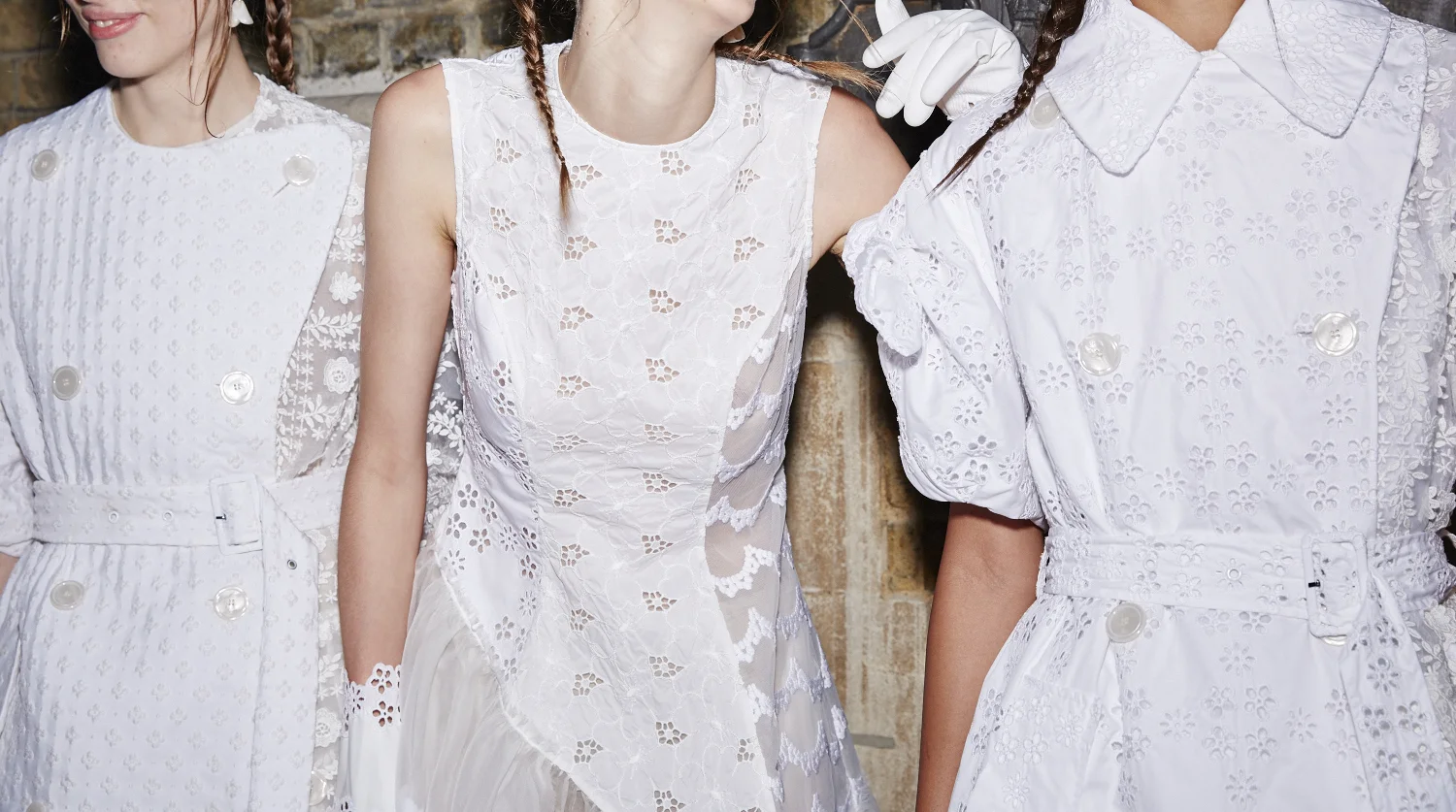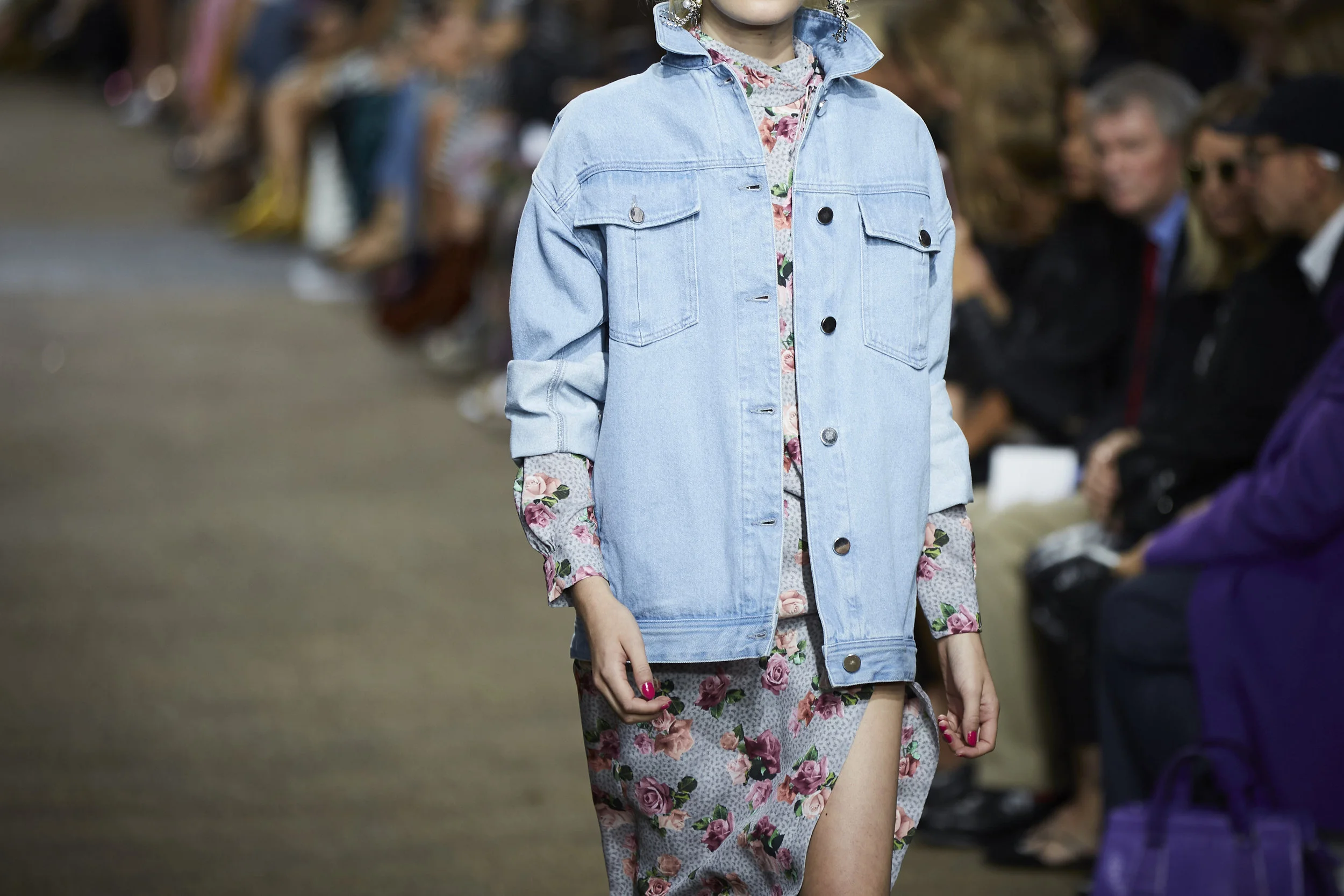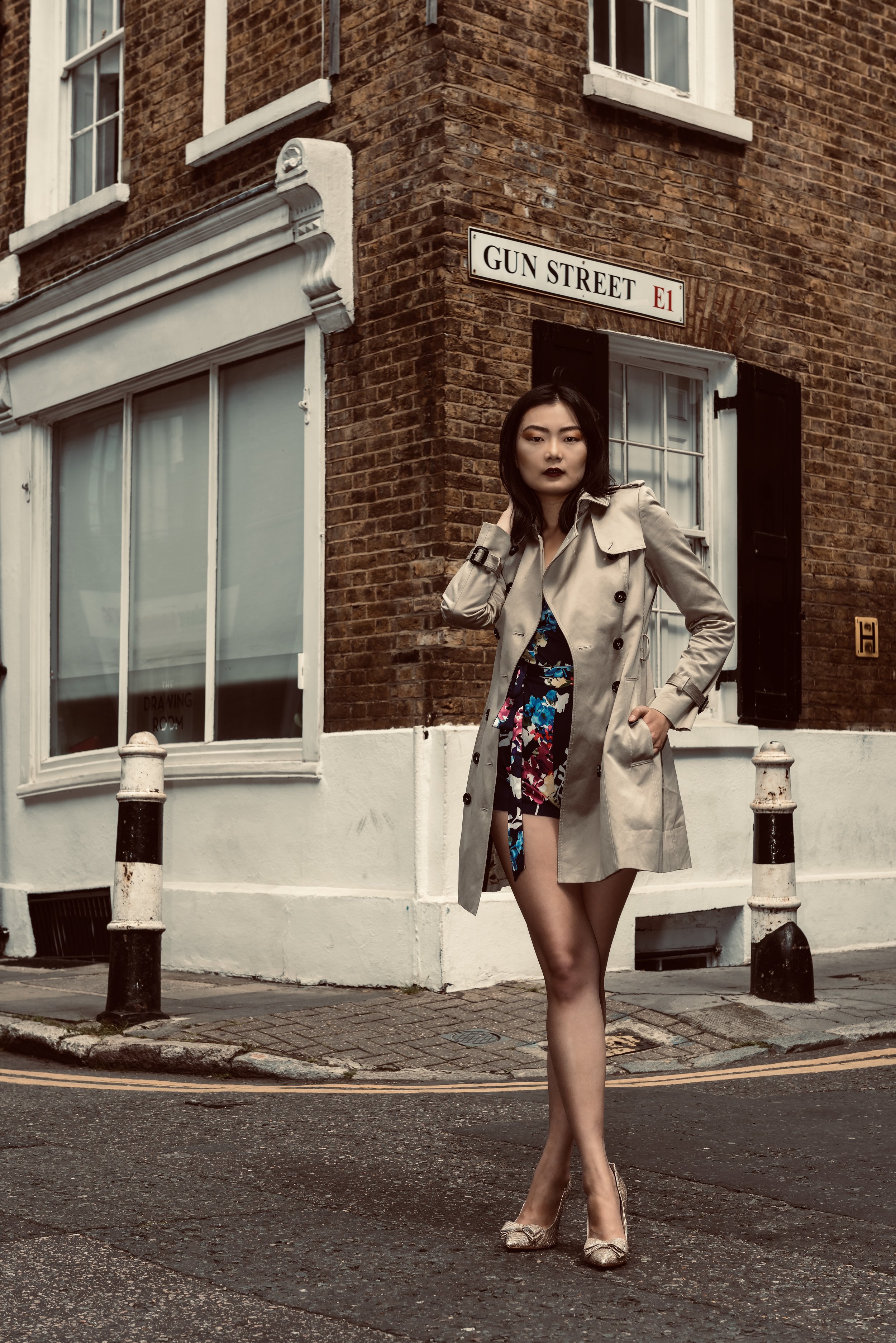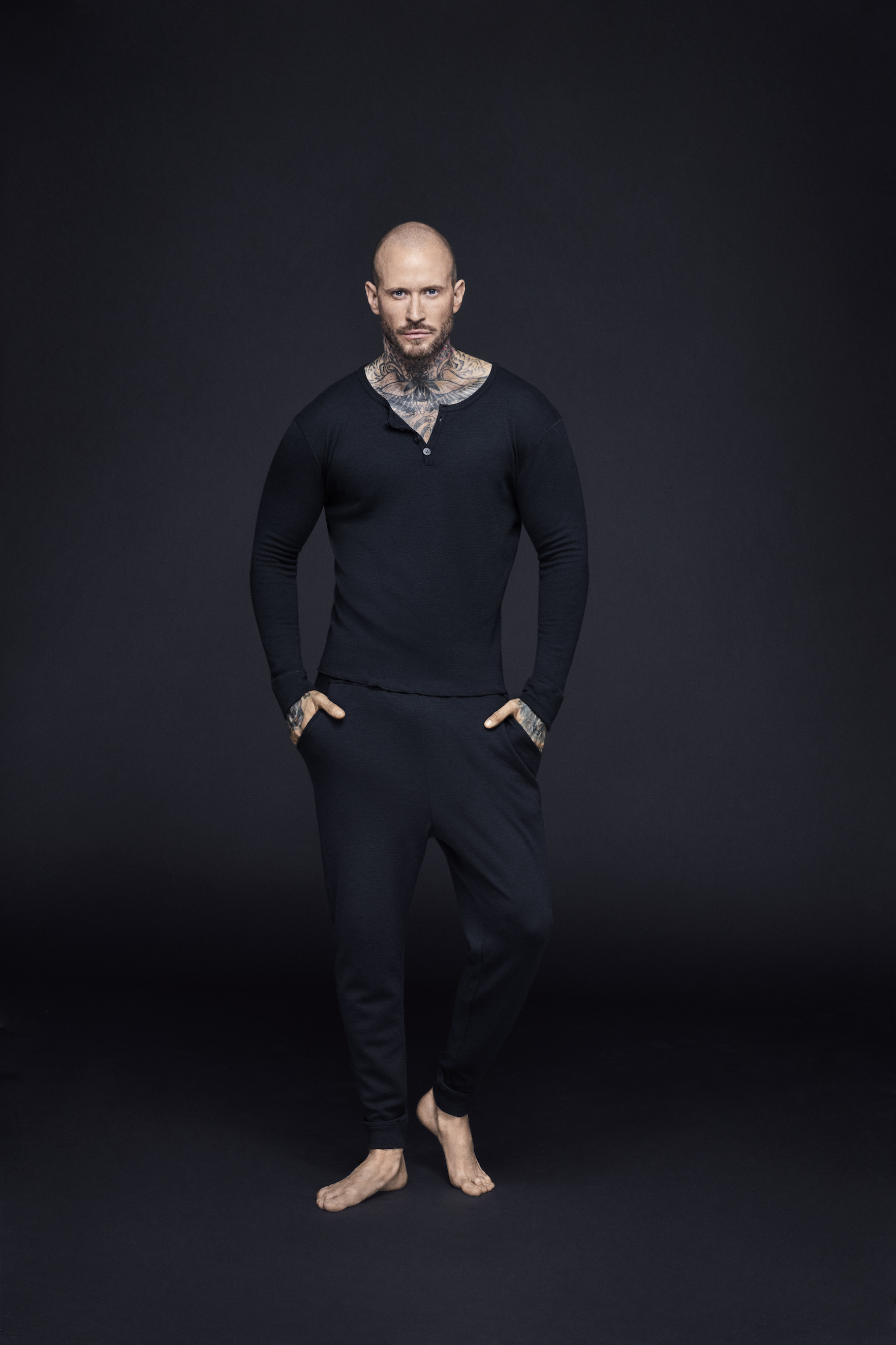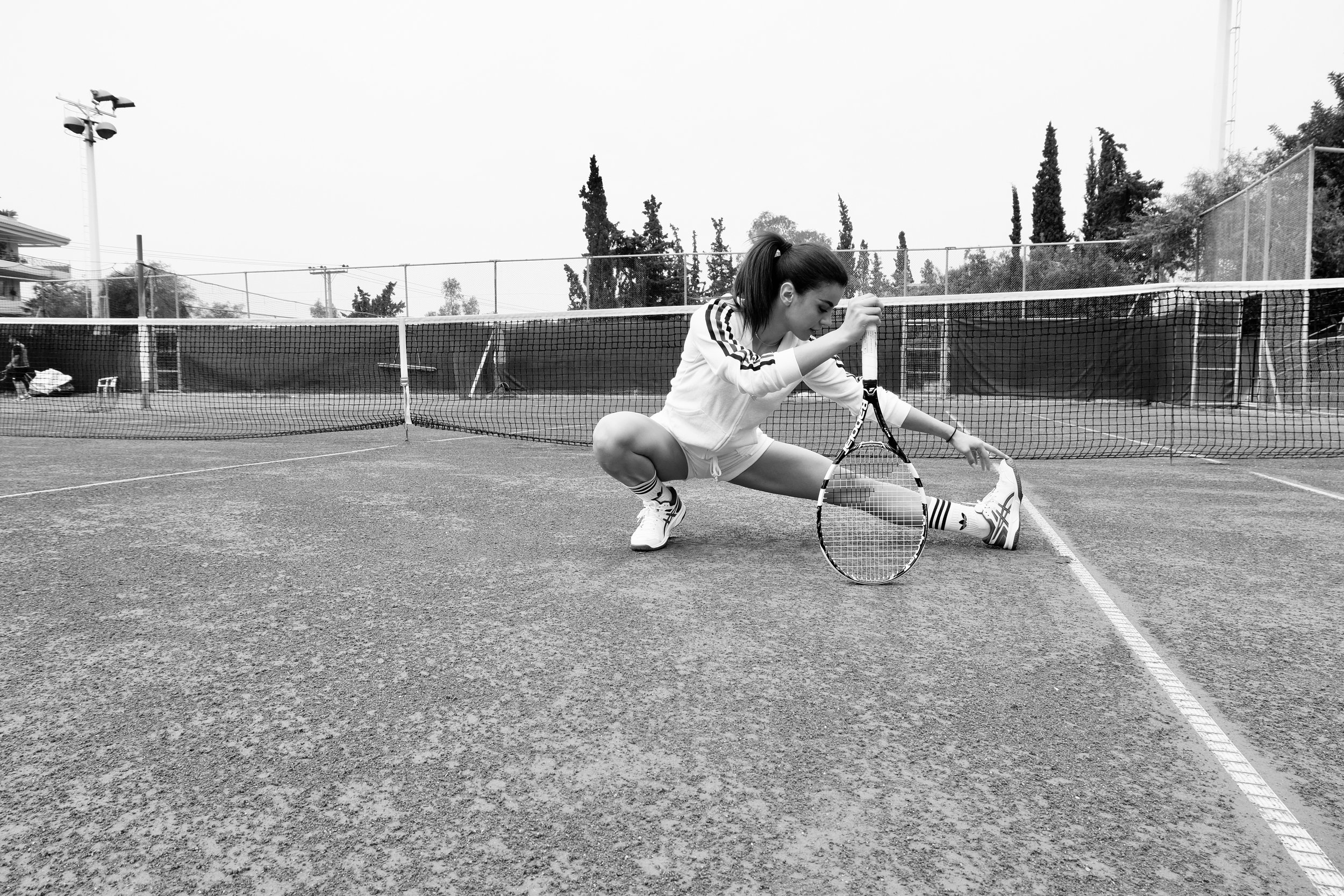How did you react when you learned that the Venice Film Festival had selected you for the best actor?
I couldn’t believe it. The jury was made up of sophisticated, international filmmakers. I realize what a privilege it was to have been chosen by my peers. And besides, my father was Italian, which gave the award particular resonance. On the other hand, even if I do not want to deny myself the pleasure, for me the true award is that audiences still come to see your films.
What did you like about Michel Racine, the character you play ?
His unpleasantness! They call him the two-figure judge, because he never sentences anyone to less than ten years. I like characters who are not immediately, who don’t automatically arouse compassion. We live in an age of global compassion. Everyone is supposed to be marvelous, and supposed to be nice... But that being said, my character is a good president of the assize court. Nasty, but good at what he does. He is the epitome of authority, but he never tries to influence a jury. And then there’s the love story, an atypical love story! Racine had once fallen in love with an ianesthesiologist, and now he accidentally runs into her again when she is chosen to sit on one of his juries. This woman will light up his life, she will elevate him.
What do you have in common with his judge?
My character is a great romantic. I myself might say just what he says. But in general, I do not see myself in the characters I play, even if I do put in a little bit of myself. I rely on what the director wants without always understanding it. And I try to satisfy him as best I can.
How did you prepare?
I didn’t go to a lot of trials. I only went to see one, presided by Olivier Leurent. He told me: Our job is to listen, understand, and decide.
Watching that great President of the Assize Court, I noticed that he addressed the defendant and the witnesses very simply, very politely, and tried to encourage confidence and trust.
Based on what criteria did you accept this project?
It’s a bit arrogant to say that you have criteria... With COURTED, it was the screenplay that convinced me. I am sensitive to writing, to structure, and to words. It was very well written, and I found the basic premise interesting. Because a courtroom drama can easily become boring! But Christian Vincent made sure that the human angle took precedence over the tragic elements. The film is both a comic and a fascinating look at human nature. The jurors are an embodiment of participatory democracy and could be any one of us. And then there is the defendant, or defendants, and what is interesting about them is that we can recognize ourselves in them too. Obviously, none of us has ever put a child in a closet, but one day, when exasperated, we might have. It’s not a matter of forgiving or excusing, but you shouldn’t feel too far removed from the criminals, because we all belong to a human race capable of the worst. And finally, the choice of my partner, Sidse, counted. I had found her remarkable in Borgen. I like the idea of working with people from another culture.
What kind of actress is Sidse Babett Knudsen?
A fabulous actress! In her Nordic culture, people are much more straightforward than we Latins are. At our first reading, she wondered about things, she looked for points of reference, or a certain logic. Even though she speaks French wonderfully, it is not her native language, and so from time to time I played the interpreter to verbalize her doubts, because I like to be a ‘translator,’ ‘a courier’. I hope that I was helpful.
You haven’t worked with Christian Vincent for 25. What was it like meeting again on a movie set?
I found the same atmosphere as at the Café de la Mairie in La Discrète, Christian’s way of capturing love stories. He has an acute awareness of the possibly erotic nature of a date in a café, in pure Marivaux tradition, something that you also get with Rohmer. And I feel in my element! But since La Discrète, Christian has broadened his palette. He wants to film his contemporaries, much like Ken Loach. And he does .it very well.
Tell us about shooting your first scene with Sidse...
Christian threw a wrench in the works, one minute before he was to say “Action”. He thought we were being too faithful to the text. I said to myself: Shit, I had such a hard time memorizing it! But there’s nothing theoretical or intellectual about the job of an actor. When you hear “Action” that’s concrete. There’s a woman, a man, and you need to act. It’s beyond language. You understand each other like animals.
Most of the witnesses at the trial are non-professional actors. Is there anything specific about their acting?
Their innocence. We actors consciously try to reach what they obtain unawares. Being an actor, you try to underplay, to efface effects, not to let anything look manufactured. Cinema is not there to see your technique, it’s there to see your soul. It’s an MRI scan of your interior self. You can try and cheat, but the camera will always catch you as you really are. As Louis Jouvet said: Tell me what you’re playing, and I’ll tell you who you are. You can be deeply moving in one movie, and lousy in the next, because you got the wrong role. Good casting equals good acting. There are actors who are proud of their character studies’ and others who dare ask themselves Aren’t I always playing the same role?
To what category of actors do you belong?
I do very few things. But I like my limits. I learned that from Eric Rohmer. I could never play a truck driver. A murderer maybe ... But in any case not a gorgeous dude who drives women mad every time he walks into café! My position is simple: don’t ask me to compose a character. On the other hand, you can ask me to move around. In the theater, I can go from Molière to Labiche. If I wanted to show off with a quotable quip I’d say that an actor always plays in the same film.
I need to alternate with the stage, but when I’m making a movie, I become humble, I don’t intervene. I used to have that fault I want to do it again. Not any more. When I was starting out, a director wrote in Les Cahiers du Cinéma that I led to a deficit of narration, because I had too much personality. That may have been true thirty years ago, but not today. I don’t try to stick out anymore.
And in the role of a President of an Assize Court, one might have expected ...
A real act ... Yes, but it’s always much more profitable to suggest than to show. And then, that’s the way I was directed. I am at times finicky, petty, but on set, I do what I’m told. I become obedient. I couldn’t care less about being badly dressed, or looking like an idiot, even though I am rather stylish in real life.
What are your moments of pleasure on a shoot?
The waiting, experiencing those moments, as Isabelle Huppert calls them, moments during which your real problems disappear. And this shoot was the chance for me to spend almost two months discovering a splendid city, a historical site: Saint-Omer and the unsung, but very real warmth of the people of the North.
What kinds of emotion do you think that the film may arouse?
The audience will tell us. But I can tell when a movie has appeal, and this one won’t leave people indifferent. Because even with all the difficulties, the sordid homicide, a couple pathetically falling apart, there is the love story ... A project.
Your reunion with Christian Vincent has garnered two awards in Venice (best screenplay, best actor). La Discrète was your first popular success ...
Christian Vincent and I experienced something miraculous 25 years ago. Teenagers in schoolyards repeated lines from the film See that girl? She’s vile. Rohmer had already helped me. But La Discrète, was like Rohmer for mass consumption. For, 15 years, nothing had worked for me. I was too grandiloquent for some, too hysterical for others. Some thought I was too effeminate. With La Discrète, the flaws people reproached me with were suddenly virtues. That film changed my life.
















































